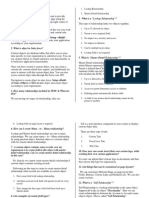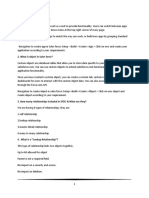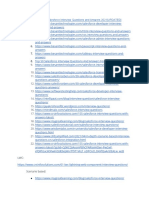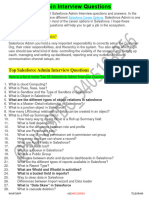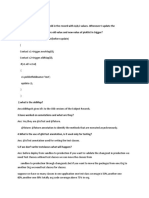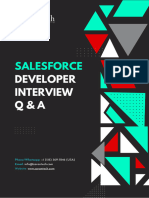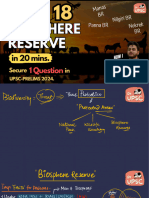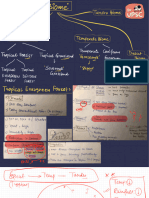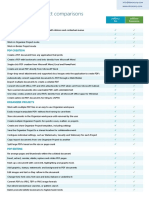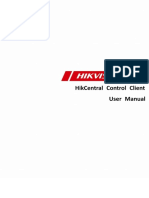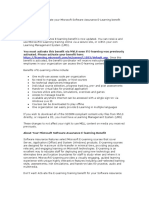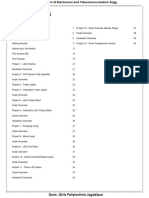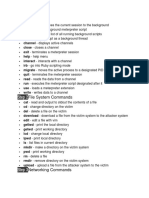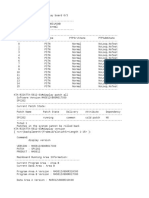0% found this document useful (0 votes)
38 views6 pagesSalesforce Interview QA Complete
The document provides a comprehensive list of Salesforce interview questions and answers covering topics such as JSON data handling in Apex, LWC lifecycle hooks, admin functionalities, and general Salesforce concepts. It includes practical examples and explanations for various scenarios, such as making API callouts, managing user permissions, and handling data in Salesforce. The content is structured to assist candidates in preparing for technical interviews related to Salesforce development and administration.
Uploaded by
sai LokeshCopyright
© © All Rights Reserved
We take content rights seriously. If you suspect this is your content, claim it here.
Available Formats
Download as DOCX, PDF, TXT or read online on Scribd
0% found this document useful (0 votes)
38 views6 pagesSalesforce Interview QA Complete
The document provides a comprehensive list of Salesforce interview questions and answers covering topics such as JSON data handling in Apex, LWC lifecycle hooks, admin functionalities, and general Salesforce concepts. It includes practical examples and explanations for various scenarios, such as making API callouts, managing user permissions, and handling data in Salesforce. The content is structured to assist candidates in preparing for technical interviews related to Salesforce development and administration.
Uploaded by
sai LokeshCopyright
© © All Rights Reserved
We take content rights seriously. If you suspect this is your content, claim it here.
Available Formats
Download as DOCX, PDF, TXT or read online on Scribd
/ 6
















